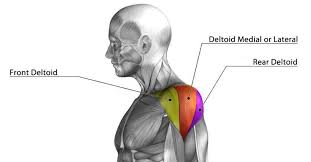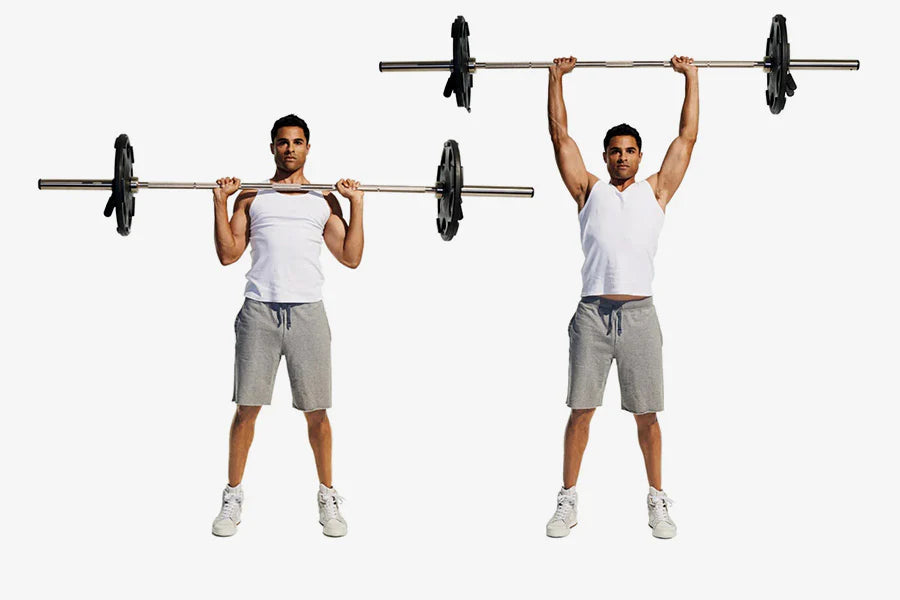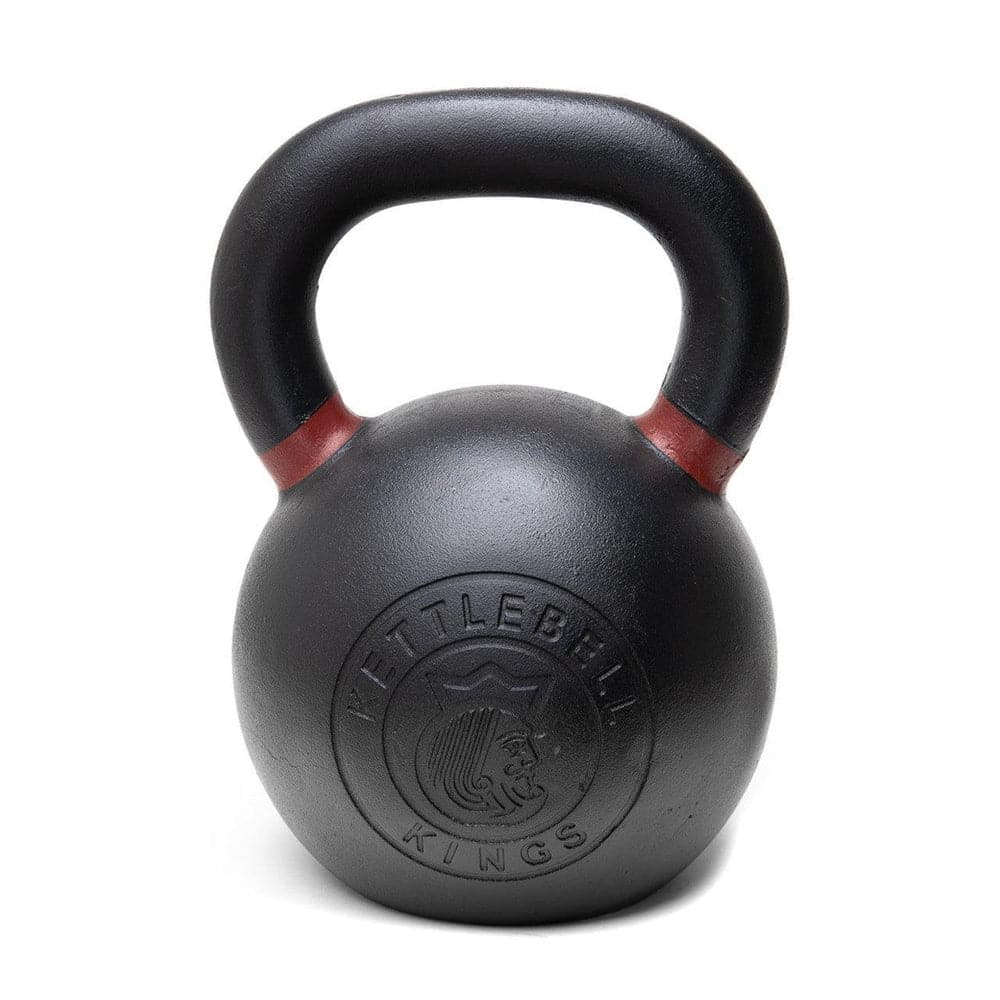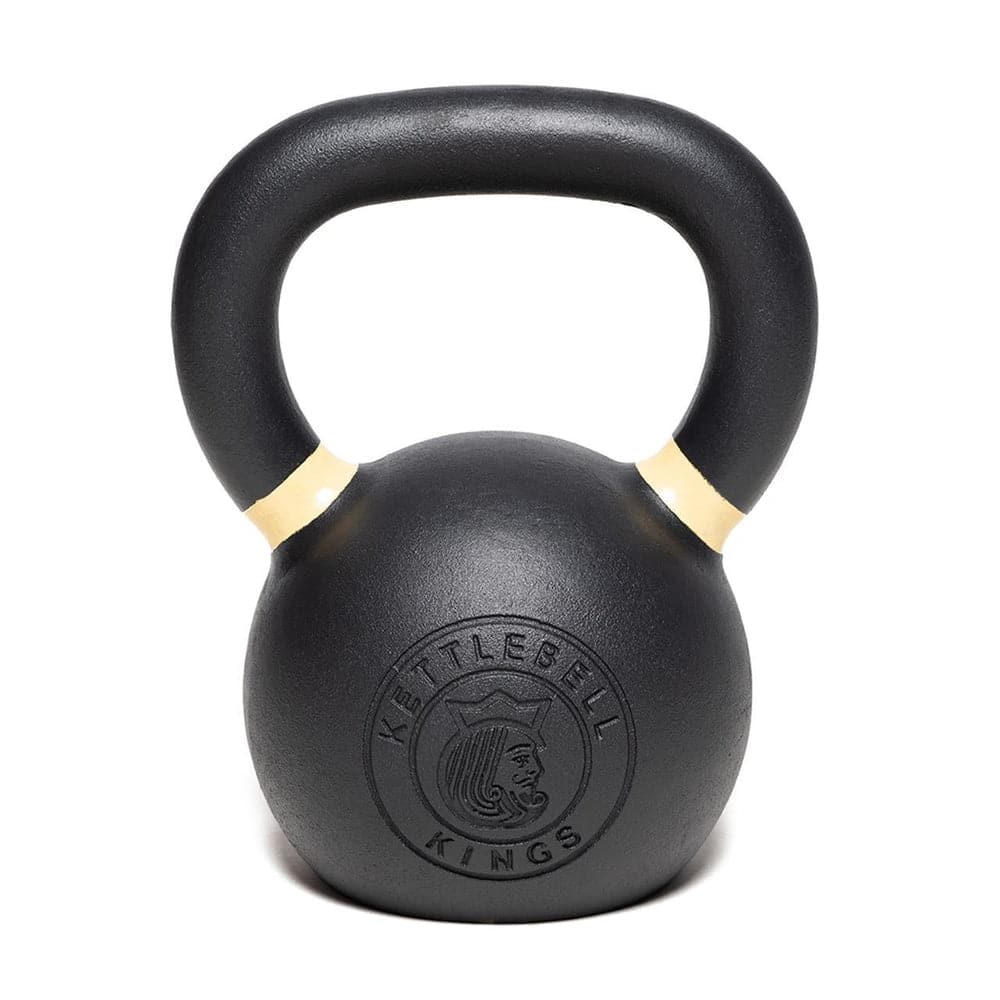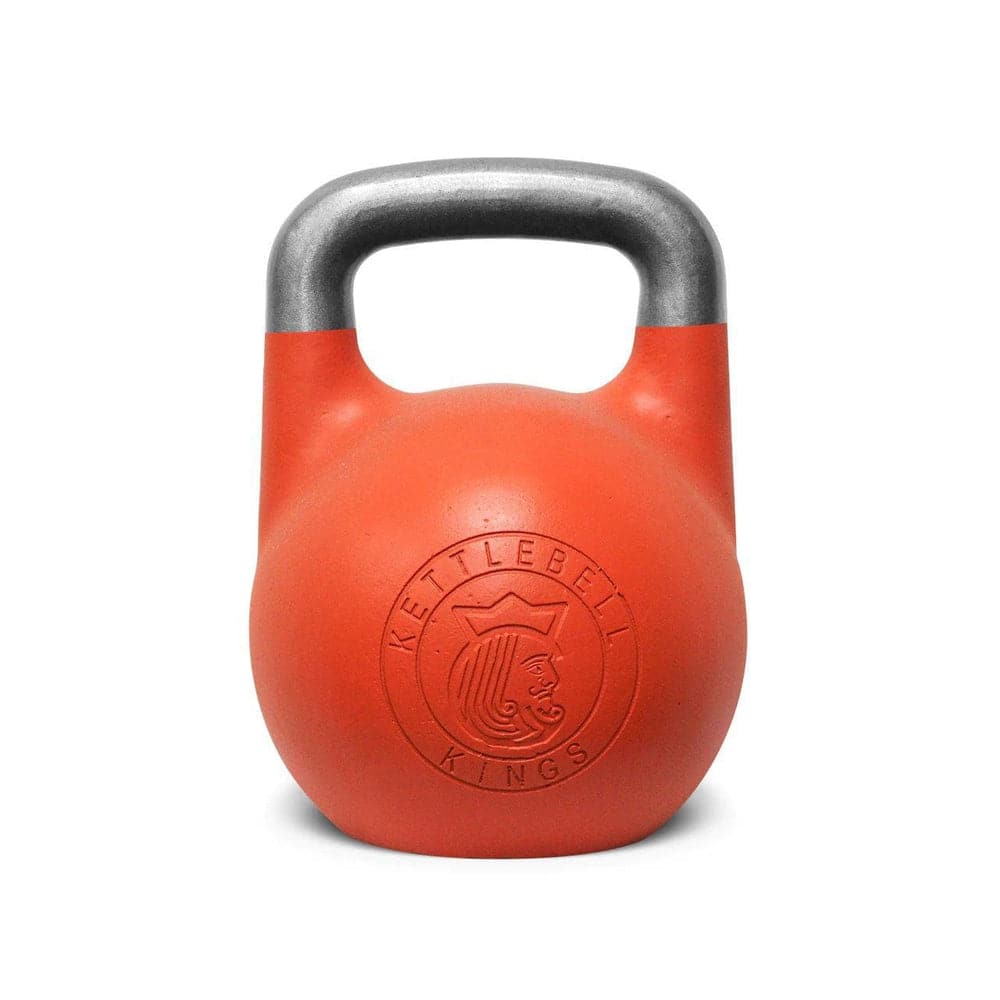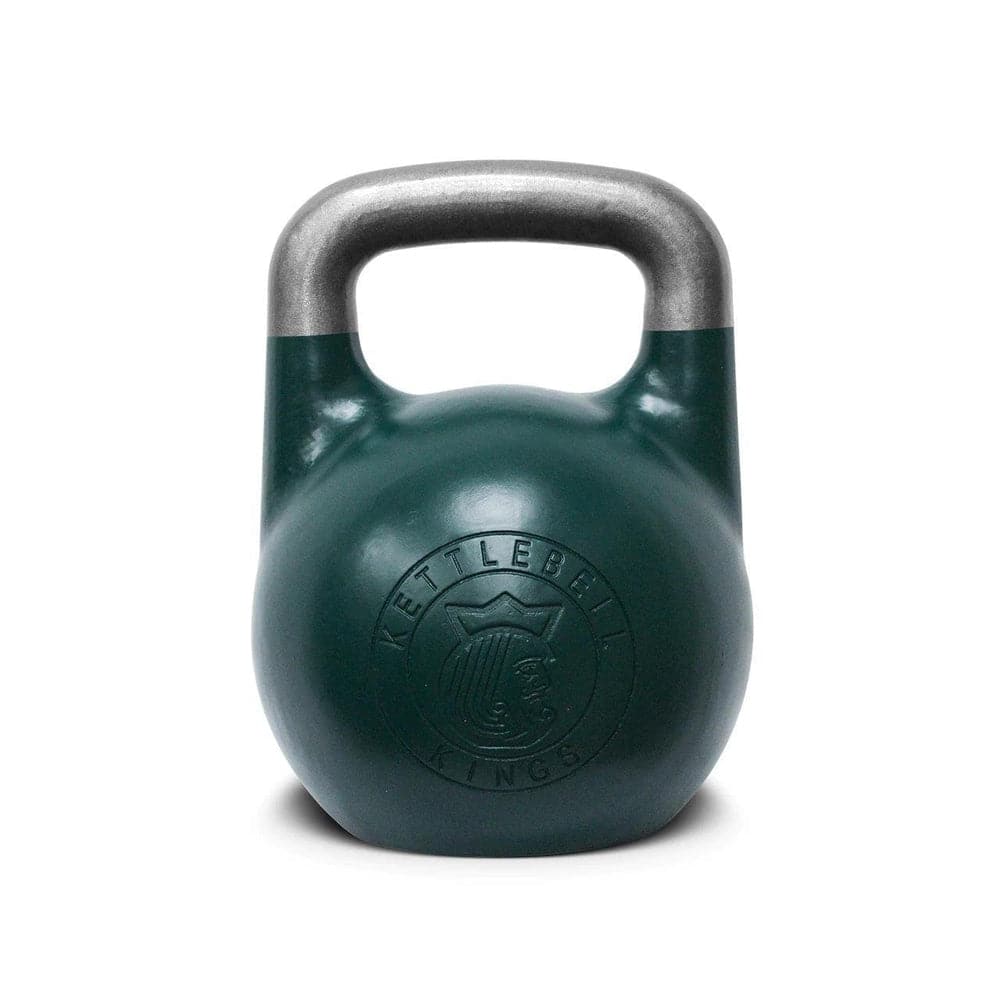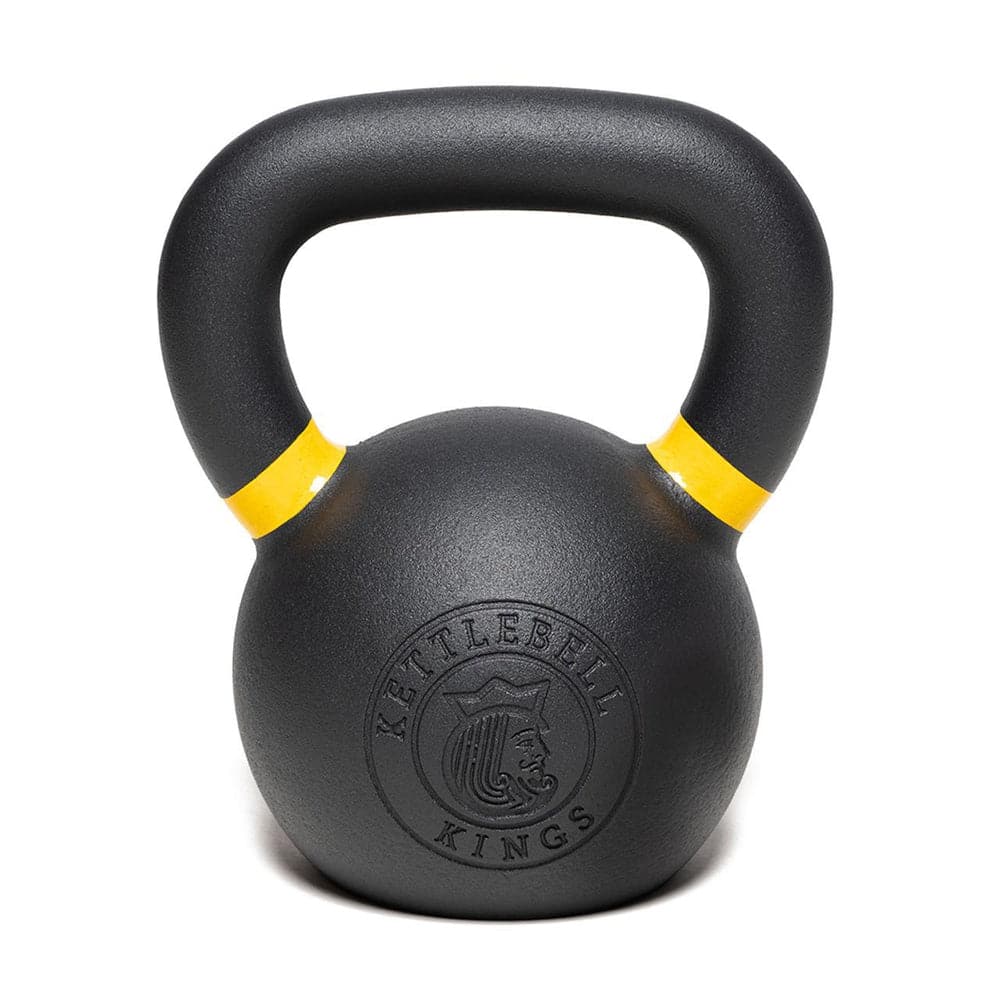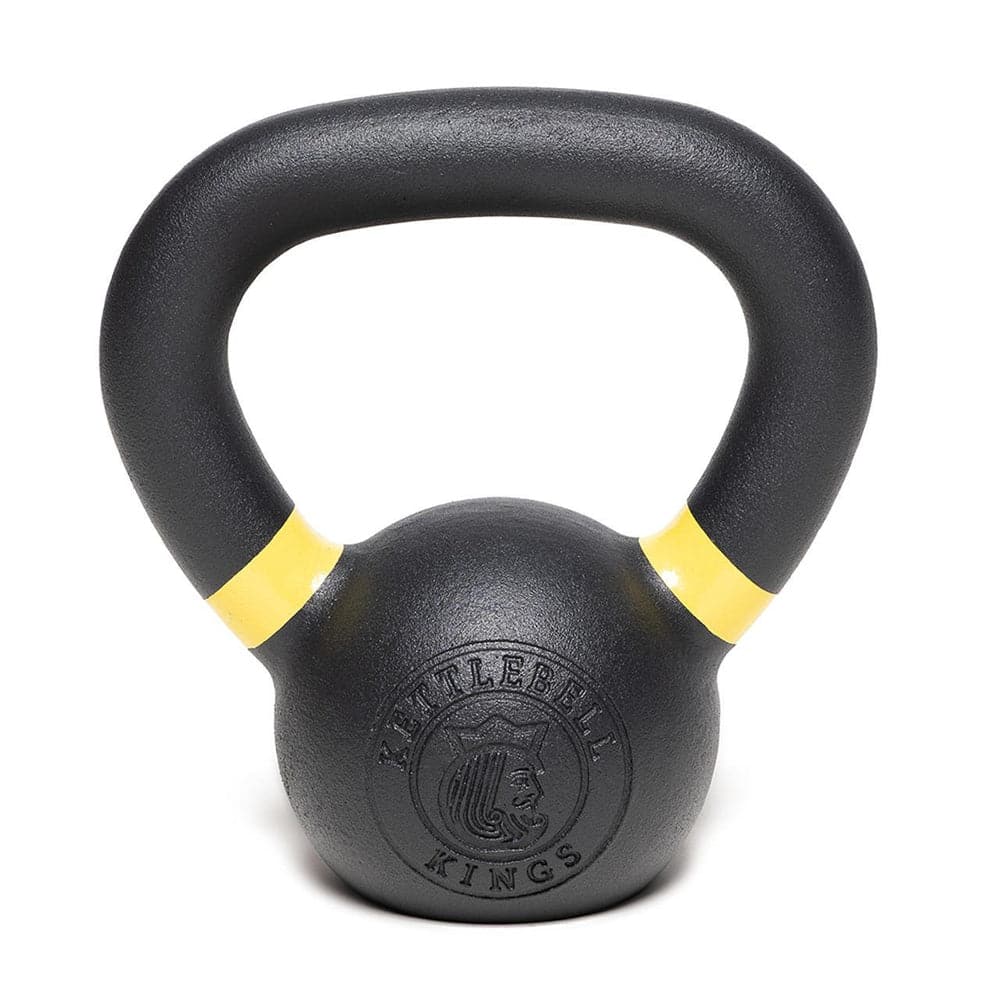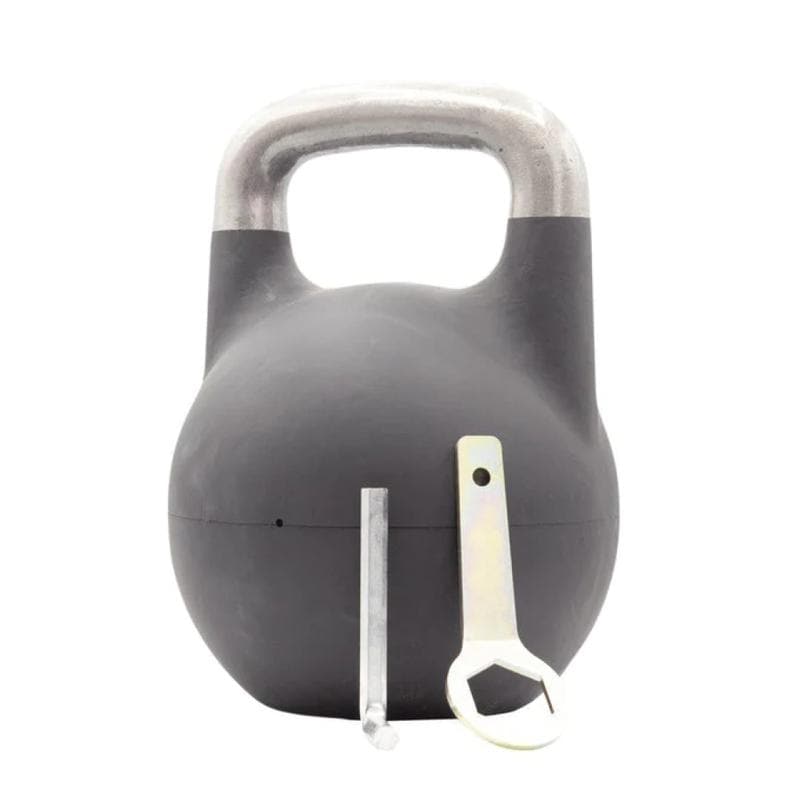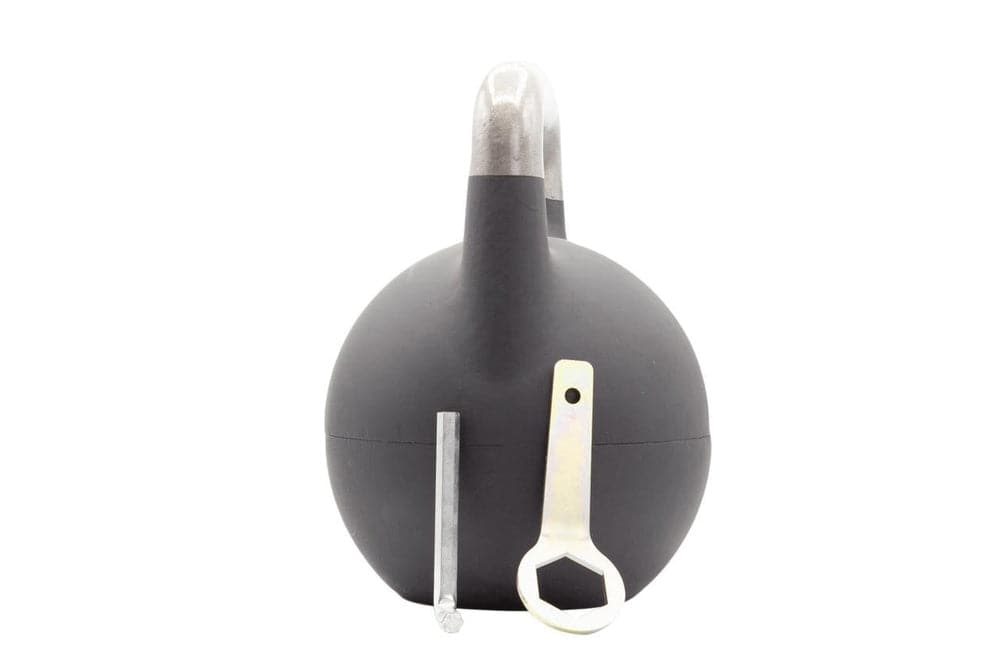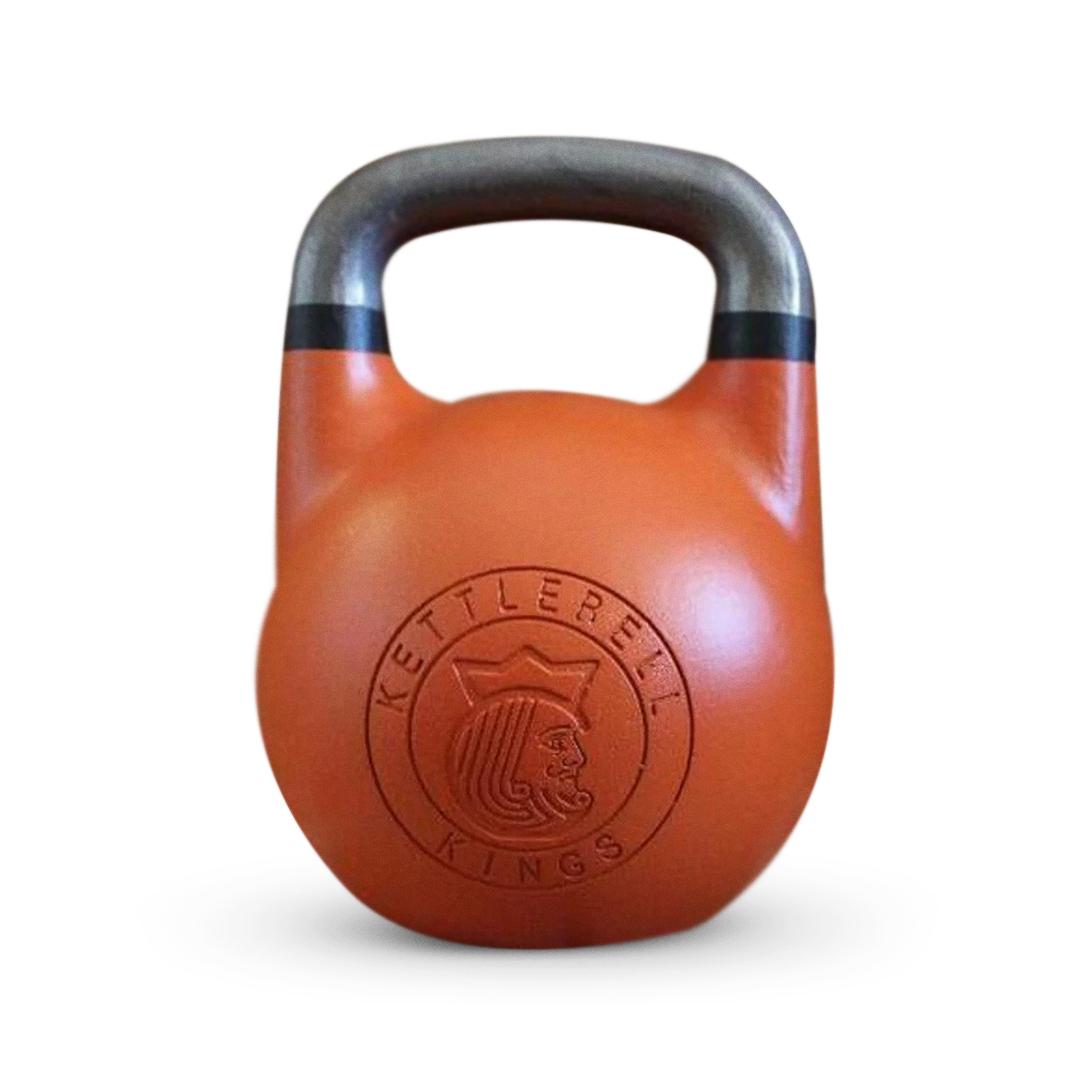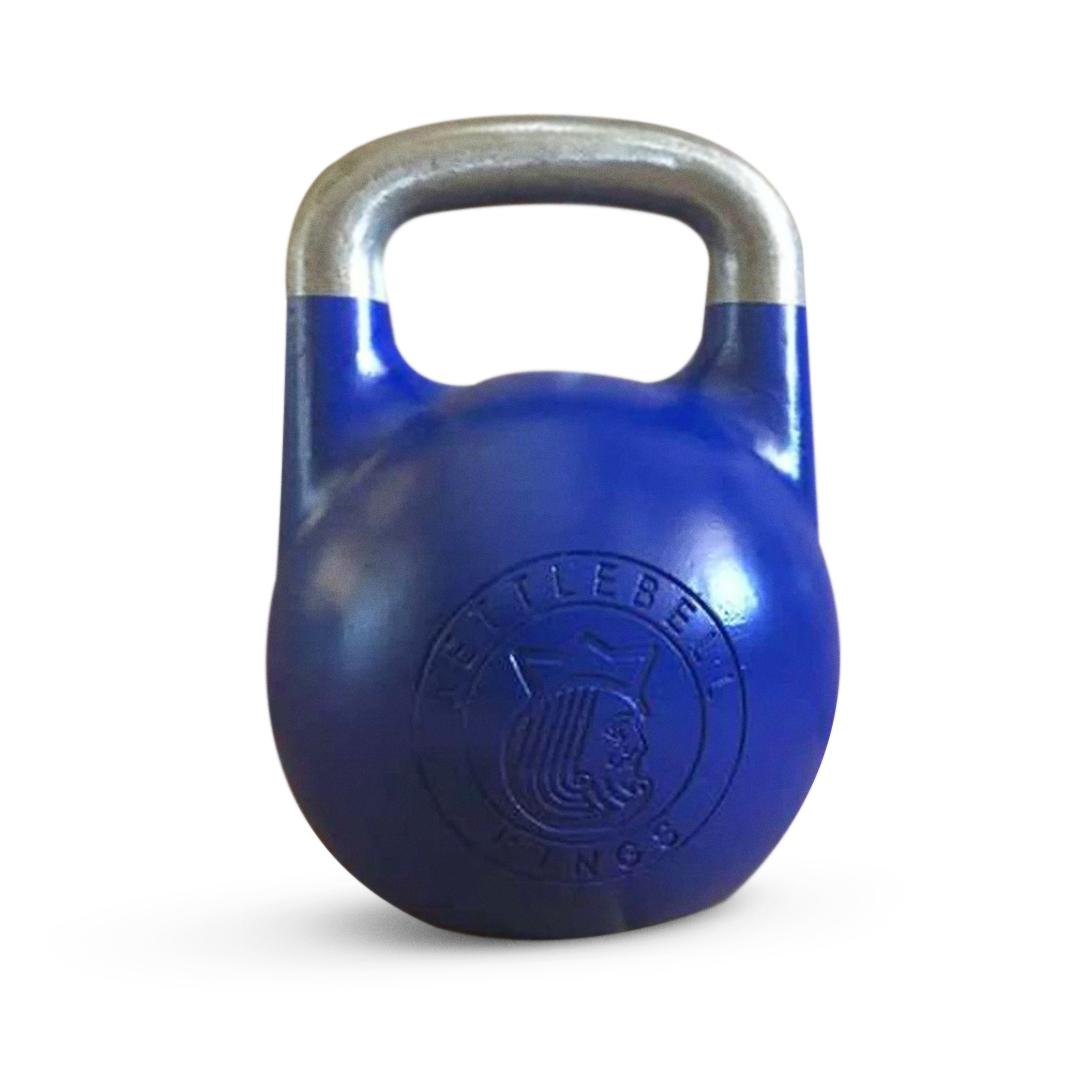The deadlift, in all its variations, stands as one of the most effective compound exercises for developing total body strength and muscle mass. Among its variations, the Romanian Deadlift (RDL) and Traditional Deadlift are two of the most popular and effective forms. This comprehensive guide will explore the nuances between these two movements, helping you understand when and how to implement each for optimal results.
Fundamental Differences Between Romanian and Traditional Deadlifts
| Aspect | Romanian Deadlift (RDL) | Conventional Deadlift |
| Starting Position | Bar at hip level, feet hip-width apart | Bar on the floor, feet hip-width apart |
| Knee Bend | Slight bend (15-20 degrees) | Significant knee bend (more than RDL) |
| Hip Position | Higher hip position, focusing on hip hinge | Lower hip position, closer to knee level |
| Bar Path | Stays close to legs, travels down vertically | Travels straight up and down, maintaining contact with shins |
| Movement Pattern | Primarily hip extension with minimal knee flexion | Simultaneous hip and knee extension |
| Range of Motion | Stops at mid-shin level | Full range of motion from floor to hip height |
| Primary Muscle Groups | Hamstrings, glutes, lower back, upper back | Quadriceps, hamstrings, glutes, lower back, upper back |
| Grip Position | Overhand grip, arms straight down | Overhand or mixed grip, arms straight down |
| Focus | Hamstring and glute development, hip hinge mechanics | Total body strength, maximal weight lifting |
| Application | Targeted muscle growth, flexibility, technique refinement | Overall strength development, performance improvement |
| CNS Stress | Lower central nervous system stress | Higher CNS stress due to heavier loads |
| Common Use | Accessory lift for hypertrophy, rehabilitation | Core lift in strength training programs |
| Typical Reps | Higher reps (8-12) for hypertrophy | Lower reps (3-6) for strength training |
Deadlift vs. Romanian Deadlift: Understanding the Benefits and Techniques
Deadlifts are a fundamental exercise in strength training, offering numerous benefits that contribute to overall fitness and muscle development. These exercises engage multiple muscle groups, enhance core stability, improve posture, and increase functional strength. Whether you're a bodybuilder, athlete, or someone looking to improve daily movements, understanding different types of deadlifts and their targeted muscles can help tailor your workouts effectively.
Traditional Deadlift

How to Perform a Traditional Deadlift
Starting Position
- Stand tall with the bar at hip level.
- Feet hip-width apart.
- Shoulders back, chest proud.
- Core engaged.
The Descent
- Push hips back while maintaining slight knee bend: This motion is crucial for activating the posterior chain without compromising knee safety.
- Keep bar in contact with thighs: This ensures that you're using the correct movement pattern and maximizing muscle tension.
- Continue until feeling stretch in hamstrings: This stretch indicates proper engagement of the target muscles.
- Maintain a neutral spine throughout: Protecting the spine is vital for injury prevention.
The Ascent
- Drive hips forward: This action re-engages the glutes and hamstrings as you lift.
- Squeeze glutes at top: Maximizing contraction at the top enhances strength and muscle growth.
- Keep bar against legs: Maintaining contact ensures a safe and efficient movement pattern.
- Maintain control throughout the movement: Controlled movements are crucial for safety and effectiveness.
Muscles Targeted
Traditional deadlifts are a full-body exercise that primarily targets the following muscles:
- Trapezius: Located in the upper back, this muscle helps stabilize and move the shoulders.
- Back (Latissimus Dorsi and Erector Spinae): These muscles support the spine and are essential for maintaining posture during the lift.
- Abdominals: Engaging the core muscles helps protect the spine and maintain balance throughout the movement.
- Glutes: The gluteus maximus is a primary mover in the lift, powering the upward phase and contributing to overall hip strength.
- Hips: The hip flexors aid in the hip hinge movement, crucial for the proper execution of the deadlift.
- Adductors: These muscles on the inner thigh assist in stabilizing the legs during the lift.
- Quadriceps: The muscles at the front of the thigh work to extend the knees during the lift.
- Hamstrings: Located at the back of the thigh, these muscles are essential for hip extension and knee flexion.
Tips for Proper Form
Maintaining proper form is crucial to avoid injuries and maximize effectiveness. Here are some tips:
- Start Light: Begin with a manageable weight to perfect your technique. A standard 45-pound barbell is a good starting point.
- Engage Your Core: Tighten your core muscles to prevent your lower back from rounding, which can lead to injury.
- Chest Open: Keep your chest up and shoulders back to maintain a neutral spine and prevent rounding your upper back.
- Natural Arm Position: Allow your arms to hang straight down; do not pull the bar in against your thighs.
- Knee Bend: Maintain a slight bend in your knees, which helps target the hamstrings effectively and reduces knee strain.
Avoiding Injury
While deadlifts can alleviate low back pain when performed correctly, improper technique can lead to injury. Here are strategies to prevent harm:
- Use a Weightlifting Belt: This can provide additional support to your lower back during heavy lifts.
- Maintain Arm and Back Alignment: Keep your arms straight and back flat while engaging your core throughout the lift.
- Grip Options: Use an overhand grip or a mixed grip (one palm facing you, the other facing away) for added stability.
- Wrist Support: If you have wrist concerns, consider using wrist braces when lifting heavier weights.
- Increase Grip Strength: Lifting straps can help you handle heavier loads and improve grip strength.
- Listen to Your Body: Pay attention to any pain or discomfort during the lift. If you feel any unusual strain, stop immediately.
- Keep the Bar Close: The barbell should stay close to your body throughout the movement to reduce strain on your back.
- Controlled Movements: Avoid jerky or rapid motions; focus on a smooth, controlled lift.
Romanian Deadlift

How to Perform a Romanian Deadlift
Setup
- Approach bar with mid-foot under the bar: Proper positioning is key to effective lifting mechanics.
- Bend down and grip bar outside knees: This grip ensures that your body is aligned for an effective lift.
- Lower hips while raising chest: This movement sets your body in an optimal position for the pull.
- Brace core and pull slack out of bar: Engaging the core stabilizes the spine for a safer lift.
The Pull
- Push floor away with legs: This action drives power from the legs, crucial for initiating the lift.
- Keep bar close to shins: Keeping the bar close minimizes leverage challenges and maximizes force production.
- Drive hips and shoulders up simultaneously: This coordination is key for lifting efficiently.
- Maintain neutral spine: Protecting your spine is paramount for safety.
Lockout
- Drive hips through: This movement completes the lift and engages the glutes fully.
- Squeeze glutes at the top: This maximizes muscle activation and stability.
- Maintain straight arms: This ensures proper biomechanics and reduces strain.
- Control descent: A controlled descent is crucial for safety and technique maintenance.
Muscles Targeted
The Romanian deadlift places greater emphasis on the hamstrings compared to traditional deadlifts, alongside engaging:
- Glutes: Similar to traditional deadlifts, the gluteus maximus is heavily activated during the lift.
- Forearm Flexors: These muscles help grip the barbell, contributing to forearm strength and stability during the movement.
Comparing Deadlift Variations
When considering which deadlift variation to incorporate into your training, it's essential to understand their differences and benefits:
- Romanian and Stiff-Legged Deadlifts: These variations place a greater focus on the hamstrings, making them ideal for individuals looking to strengthen this area while reducing lower back strain. They are often recommended for those with existing back pain.
- Traditional Deadlifts: This variation builds overall lower body and back strength, making it suitable for enhancing functional fitness. However, individuals with lower back concerns should approach this exercise with caution.
- Focus on Mobility and Glutes: The Romanian deadlift is particularly effective for increasing hip mobility and glute activation, which can improve performance in activities requiring bending or squatting.
As you perform any type of deadlift, keep your head aligned with your spine and ensure your knees are stable. This focus makes deadlifts a safe and effective option, even for individuals with knee concerns. Ultimately, your choice should align with your fitness goals, strengths, and any physical limitations.
Programming Considerations
When to Choose Romanian Deadlift
The RDL is optimal for:
- Hamstring Development: It specifically targets and strengthens the hamstrings, making it ideal for athletes looking to improve their sprinting and jumping capabilities.
- Targeted Muscle Growth: Bodybuilders and fitness enthusiasts often use the RDL to specifically target the posterior chain for aesthetic purposes.
- Improved Flexibility: The movement encourages greater flexibility in the hamstrings and hips, which can translate into improved performance in other lifts and activities.
- Enhanced Mind-Muscle Connection: Focusing on a specific muscle group fosters a stronger mind-muscle connection, essential for muscle hypertrophy.
Technical Practice
- Perfect Hip Hinge Pattern: Regularly incorporating the RDL helps athletes refine their hip hinge mechanics, which is essential for various lifts.
- Develop Posterior Chain Awareness: Understanding how to engage the posterior chain effectively can enhance overall movement patterns.
- Improve Deadlift Technique: Practicing the RDL can lead to better performance in traditional deadlifts and other hip hinge exercises.
Recovery Days
- Lower CNS Stress: The RDL is less taxing on the central nervous system compared to heavier lifts, making it ideal for recovery days.
When to Choose Traditional Deadlift
The traditional deadlift is best for:
- Overall Strength Development: It's a foundational lift that builds strength across multiple muscle groups, making it essential for overall fitness.
- Maximal Strength Training: The traditional deadlift is ideal for athletes focusing on maximal strength, as it allows for heavier weightlifting.
- Performance Improvement: Athletes in strength sports will benefit significantly from incorporating traditional deadlifts into their training routines.
- Power Development: The explosive nature of the lift translates well to sports performance, making it invaluable for athletes in high-performance contexts.
Strength Programs
- Essential for Strength Programs: Many strength programs incorporate the traditional deadlift due to its comprehensive muscle engagement.
- Strongman Training: The traditional deadlift is a staple in strongman competitions, making it vital for those interested in this sport.
Conclusion
Both the Romanian Deadlift and traditional Deadlift are powerful tools in any strength training program, offering distinct benefits depending on your goals. Understanding the key differences in setup, movement patterns, and muscle engagement will help you choose the right variation for your training regimen. Whether your focus is on developing a stronger posterior chain, enhancing athletic performance, or building overall strength, incorporating these lifts appropriately can lead to significant gains. As with any exercise, proper technique and progressive loading are essential for maximizing results while minimizing the risk of injury.









